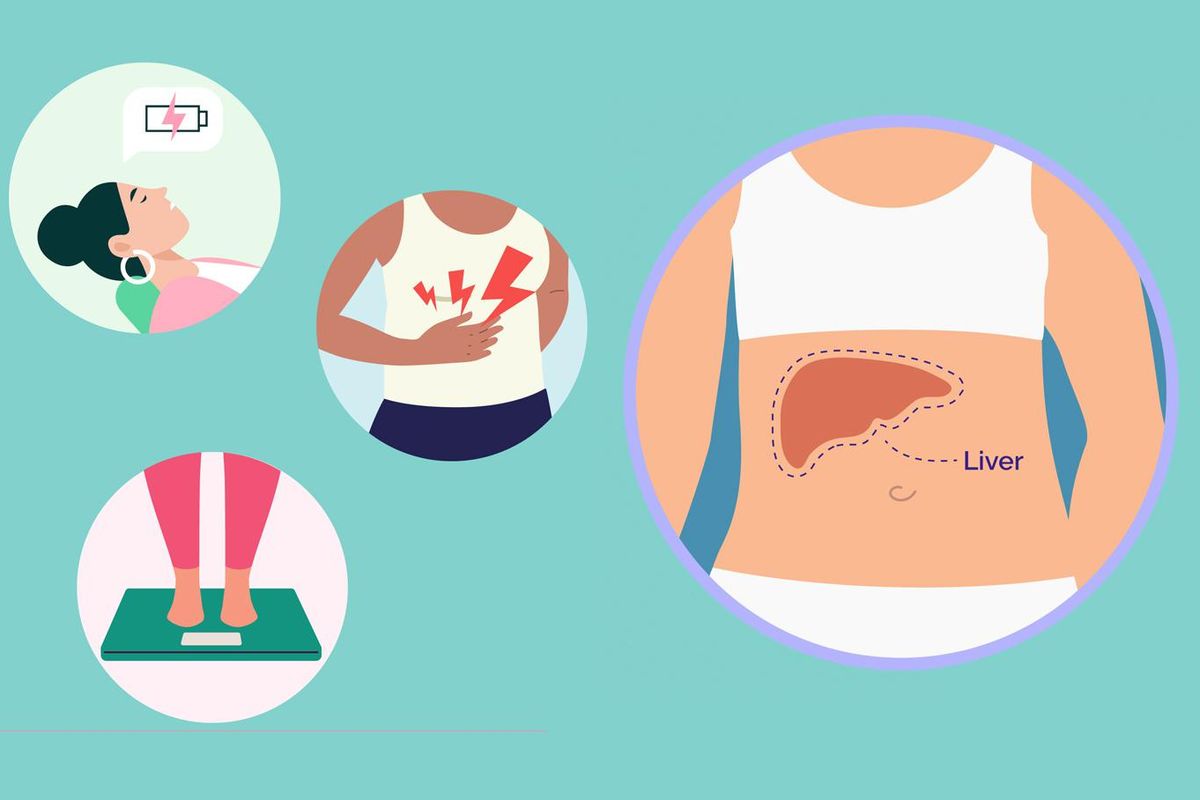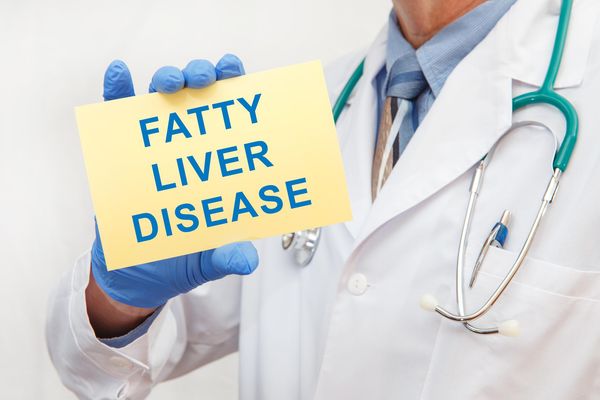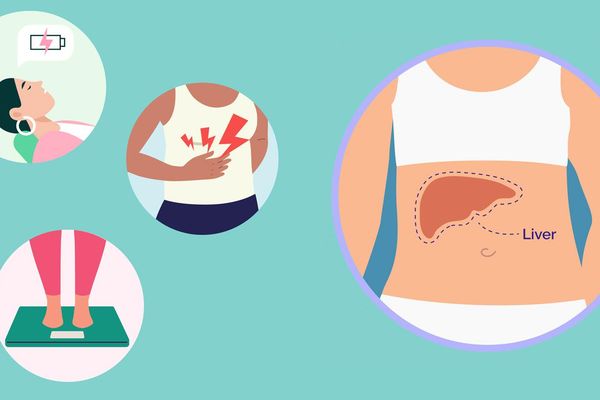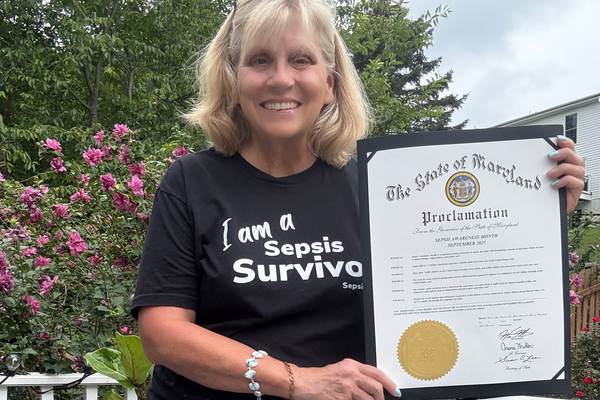Designed by Megan Schofield
NAFLD: Non-Alcoholic Fatty Liver Disease
- Occurs when excess fat is stored in the liver
- The most common form of chronic liver disease in the United States
- 100 million: The number of U.S. individuals estimated to have NAFLD
The number of NASH cases is projected to increase from 16 million to 27 million by 2030
- Affects up to 75% of people who are overweight
- Not caused by excessive alcohol intake
Risk Factors
- Inactivity
- Excess weight, especially around the belly
- High cholesterol, high blood sugar or high triglyceride levels
- Type 2 diabetes
- Genetics
- Rapid weight loss (less common cause)
- Poor eating habits
- Underactive thyroid (hypothyroidism)
- Underactive pituitary gland (hypopituitarism)
- Polycystic ovary syndrome (PCOS)
- Sleep apnea
Symptoms
There are often no symptoms of NASH, even at the advanced stages. Some symptoms may include:
Extreme fatigue Pain/discomfort in the upper right abdomen Unexplained weight loss or weakness
Because there are often no symptoms, there is no simple way to diagnose the disease. But research is underway.
The Main Stages of NAFLD
Normal Liver
- No inflammation or damage to the liver cells
Simple Fatty Liver (Steatosis)
- Fat in the liver, with little to no signs of inflammation
- 5% to 10% of the liver’s overall weight is fat
Non-Alcoholic Steatohepatitis (NASH)
- Advanced stage of NAFLD
- A biopsy shows fat in the liver, plus inflammation and signs of liver damage
- 7% to 30% of people with NAFLD will develop NASH
Liver Damage —Fibrosis and Cirrhosis
- 33% of people with NASH will develop fibrosis, which is scarring of the liver, within 3 years
- 15% to 25% of people with NASH will develop cirrhosis, which is advanced scarring, and liver damage that prevents the liver from working properly
- Cirrhosis is the most common reason for a liver transplant
NAFLD and NASH increase your risk of cardiovascular disease, liver cancer and diabetes.
Treatments for NAFLD and NASH
If you are diagnosed with fatty liver in its early stages, you can try to prevent its progression to more advanced stages. Lifestyle changes are the no. 1 recommendation.
Diet changes
- Reduce sugar, particularly high fructose corn syrup
- Avoid processed carbohydrates
- Reduce alcohol use or avoid alcohol completely
- Eat a healthy diet rich in fruits, vegetables, healthy fats and whole grains
Weight management
- Get 30 minutes of exercise a day
- Avoid extreme or yo-yo dieting
Medical intervention
- There are currently no FDA-approved medications for NASH, but research is underway
- Medications may be prescribed to help with related issues, like high blood pressure and Type 2 diabetes
This resource was created with support from Pfizer Inc.
- Fast Facts: What You Need to Know About Fatty Liver Disease ›
- About the Liver - HealthyWomen ›
- 5 Steps to Take Charge of Your Liver Health - HealthyWomen ›
- How You're Hurting Your Liver - HealthyWomen ›
- Nonalcoholic Fatty Liver Disease and ... - HealthyWomen ›








